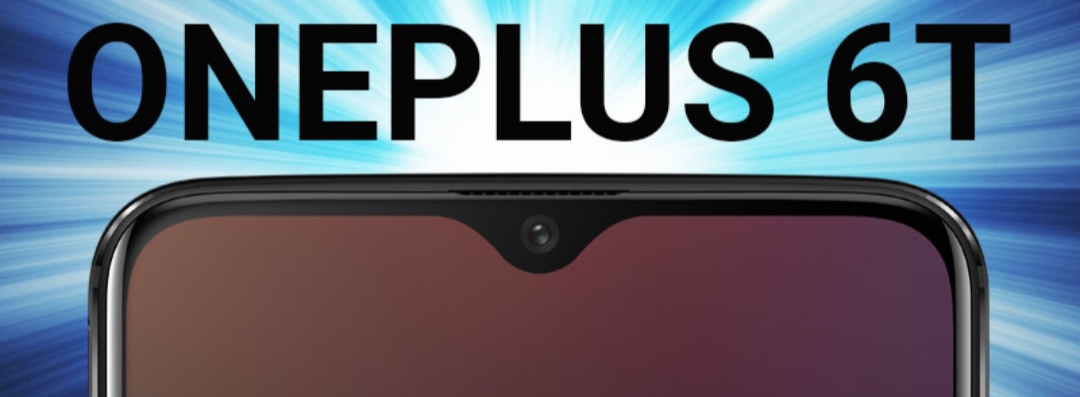How to Hide the Notch on OnePlus 6t

Have you been looking for ways to hid the notch on OnePlus 6T? We got you covered. The OnePlus comes with a tear-drop notch which is not as glaring as the one found on the iPhone XS and XS Max, but some do not like it nevertheless.
The launch of the Apple iPhone X brought many surprises to the smartphone industry where many people regard the brand as a leader and a rival. Although the specs attracted much interest from other brands and consumers, a particular feature the notch caught the eye of everyone.Even if many people attribute the “notch” design to the iPhone X, this innovative design was first used by an Android device in 2017.
Tech company Essential owned by the creator of the Android OS, Andy Rubin, launched a smartphone in the with similar features in the same year.However, many smartphone brands adopted this specification and featured the notch on both either their flagship or midrange devices. But what is a notch? This is the indentation at the middle top of a smartphone that houses the selfie camera and some sensors like a fingerprintscanner.One of such phones to adopt this trend is phone brand OnePlus which has released several devices including the OnePlus 6t. Seen as a questionable design move, the notch reduces the screen size and could be done away with in the first place.Although it is not a serious issue, some users believe the notch diverts their attention. While others feel it makes the phone less attractive as it also has a chin. Luckily, they can remove the cut-out via the phone’s settings.If you fall within this category we will guide you on how to hide the notch on OnePlus 6T.How to Disable or Hide the Notch on OnePlus 6T
Tapon the gear-shaped or Settings icon.Scroll up to the Device sub-menu.Select DisplayTap Notch display.Select Hide the notch area.After this action, dark bars will appear on all sides of the cut-out, covering it in the process. This gives your device a different look.However, under intense light, the notch might show at a certain angle. This happens because you cannot entirely hide the cut-out as it’s a hardware feature. At this point, ignoring the traces of the cut-out serves as the only solution.














